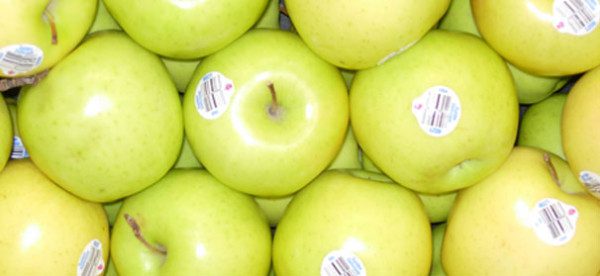

Oct 1, 2012EPA extends Guthion usage for a year
EPA recently decided to allow growers to use their existing stocks of azinphos-methyl (AZM) for another year. The new deadline is Sept. 30, 2013. The deadline cancelling the distribution or sale of AZM, however, was kept at Sept. 30, 2012.
EPA extended the usage deadline “due to unusual bad weather conditions in 2012,” according to an Aug. 30 announcement. The cancellation order applies to growers of apples, blueberries, sweet and tart cherries and pears, according to EPA.
An organophosphate insecticide known commercially as Guthion, AZM is an important tool for apple growers. According to a survey conducted by the Michigan Apple Committee (MAC) and Michigan State University in 2009, the need for AZM in the industry remains.
According to the survey, from 2004 to 2009 (a period of major reductions in AZM rates), 60 percent of Michigan commercial apple growers saw their pesticide costs go up by 50 percent or more. More than half of that subset said their costs increased by 75 percent or more. That was much greater than the 5 to 18 percent initially predicted by EPA, according to MAC.
After considering comments from growers and other stakeholders, EPA recently completed a final risk-benefit analysis for the remaining uses of AZM. The agency decided that extending the use of existing stocks “will not result in greater use of AZM than originally anticipated, and provides a safer alternative to disposal arrangements,” according to the announcement.
For decades, AZM has been used to control insect pests on a wide variety of crops. EPA began reevaluating the pesticide in the late 1990s. In 2001, certain uses were immediately canceled or phased out over a four-year period because of concerns about worker health and ecological impacts. In 2006, EPA announced a final decision to phase out remaining AZM uses, with the last uses ending Sept. 30, 2012 (including the uses on apples and other fruit). The phase-out included mitigation measures such as reduced application rates and buffer zones around water bodies and occupied dwellings, according to EPA.
EPA’s final risk-benefit analysis is available in docket EPA-HQ-OPP-2009-0365 at www.regulations.gov. Further information is available in AZM docket EPA-HQ-OPP-2005-0061, at the same website.
By Matt Milkovich, Managing Editor














